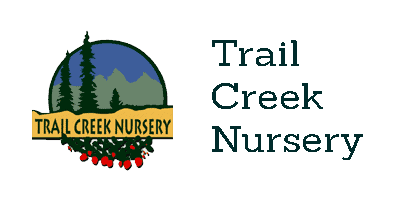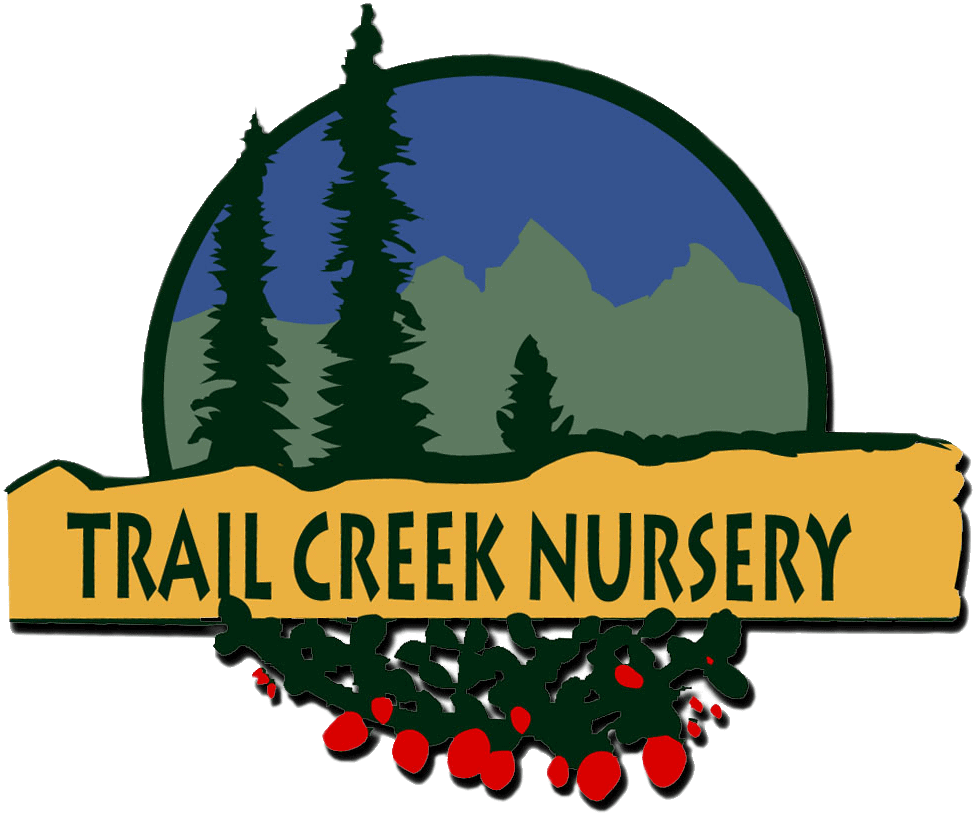Late Spring Annuals
June is the safest time to plant annuals in Teton Valley.
I know from my own experience that we often tend to plant the same thing every year because “we know it works.” I have one neighbor who changes her late spring annual border every year, and I look forward to seeing what she is going got do and it is never dull. I suggest branching out and doing something different this year. I did for the first time, and I love my new choice of annuals.
I stayed within the same color scheme but chose different species. Keep in mind that there are always great new introductions each year providing us with a wide variety from which to choose.
Consider the exposure you are planting when selecting plants. Shade-loving plants ( such a fuschia, begonias, and coleus) need shade, especially in the afternoon. Sun-loving plants require a minimum of 8 hours of sun. Choose taller plants for the center or background and low growing for training plants for center or environment and low growing or trailing plants for near the edge. For a fresh and subtle effect, try blues and whites.
Yellow and reds make a bold statement. If you like cut flowers, try marguerite daisies, cosmos, snapdragons, zinnias, celosia and annual bachelor buttons. If fragrance is your desire, use cosmos, snapdragons, Ipomoea, sweet peas, nasturtiums, nicotiana, blue and purple petunias, sweet alyssum and geraniums. Use plants that complement each other and don’t skimp on the number of plants.
Your container or bed should be planted fully to look the best.
Grasses can be used to add exciting colors and textures. Annuals can grow in any container that holds soil and has drainage holes to allow excess water to escape. The commercially prepared potting soil mix should be used. Never use soil from your garden as it is too heavy may contain weed seeds and carry fungal diseases.
The bottom of huge containers can be filled with styrofoam pellets or rinsed and crushed aluminum cans to use less soil and make them less cumbersome, especially if you plan to move them around. Be sure to put several layers of newspaper between the cans and dirt to keep the soil from sifting out. Be sure your container is filled loosely with soil and not packed.
If you sit all your containers of plants in the bed or pot before planting, you can arrange them to be sure you like the arrangement before planting. Plant the center and back first. Be sure to water thoroughly until the water runs out the bottom, this will settle the soil around your plants.
Place newly planted pots in a sheltered place for a few days so your plants can acclimate to their new environment.
Water your pots and containers daily and at the same time if possible. Because daily watering leaches out nutrients faster than if they are planted in the ground, you should fertilize with a bloom fertilizer on a regular basis, usually once every week or two. Deadheading your plants on a regular basis encourages more blooms. You should also check regularly for pests, the two most common being aphids and whiteflies, both easily controlled by insecticidal soap.



